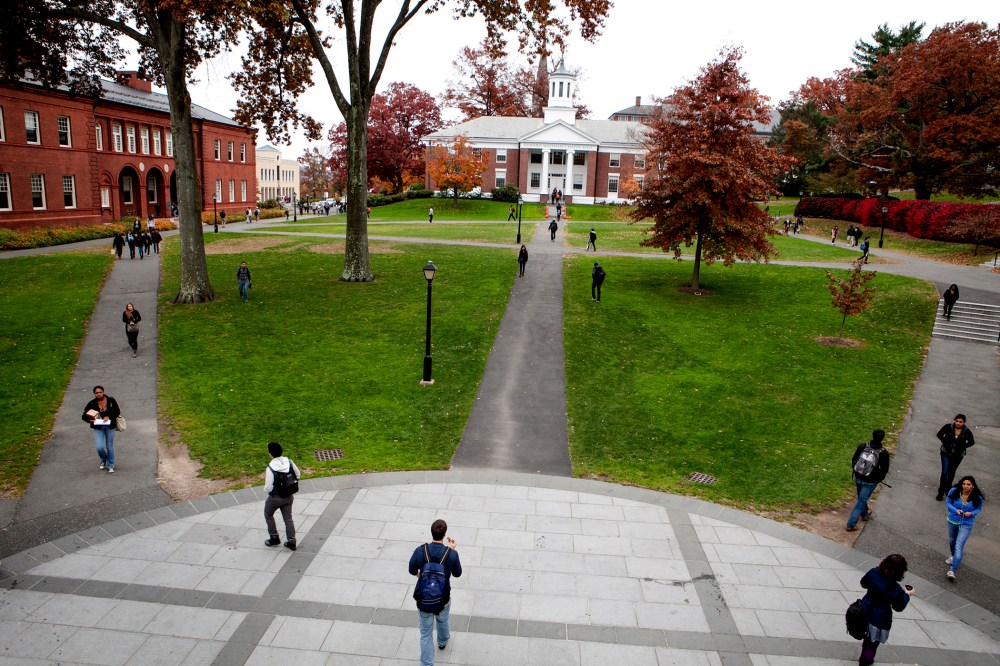Students at Amherst College no longer have to worry about being judged by classmates or faculty who have traditionally adjudicated sexual assault complaints on campus. Instead, the liberal arts school will rely on independent, trained professionals from outside the academic community to oversee such charges. After a second full year of the new system, it’s just one of many changes being made on campuses across the country as tens of thousands of students return to schools under federal investigation for their handling of sexual assault incidents.
One in five women will face sexual assault while attending college, according to a government report. But beyond that rough estimate, there is so little reliable information about the prevalence of sexual assault and gender-based violence. In April, the White House released a list of 55 colleges and universities under federal investigation for possible violations of Title IX, the 1972 federal gender equity law that requires schools to investigate all reports of sexual assault. The Department of Education’s Office for Civil Rights is facing separate lawsuits from students, which, as of August 8, includes 76 schools.
As students prepare for the fall semester, msnbc asked schools currently facing investigations to make public any changes in policy regarding the handling of sexual assault complaints.
Most respondents cited the addition of programs that emphasize “bystander intervention”; they plan to offer sexual assault awareness training for incoming freshmen, and will publish online resources on sexual assault policies and information for survivors. Schools are also making changes to their disciplinary proceedings, including the possibility of expulsion for perpetrators of sexual violence.
In the past, disciplinary hearings have led to wildly inappropriate questions for survivors and light punishments – including writing a paper and suspensions levied after graduation – for perpetrators found guilty of assault.

Meanwhile, some measures are notably absent from proposed changes: climate surveys, which are designed to elicit honest responses from students about assault and harassment on campus, and consistent transparency about how schools punish students found responsible for sexual assault. Some schools are providing online information in plain language but others continue to rely on complicated legal wording to explain how sexual assault cases are handled. And while all schools emphasize a commitment to eliminating sexual violence on campus, that commitment will be put to the test when survivors come forward seeking help.












